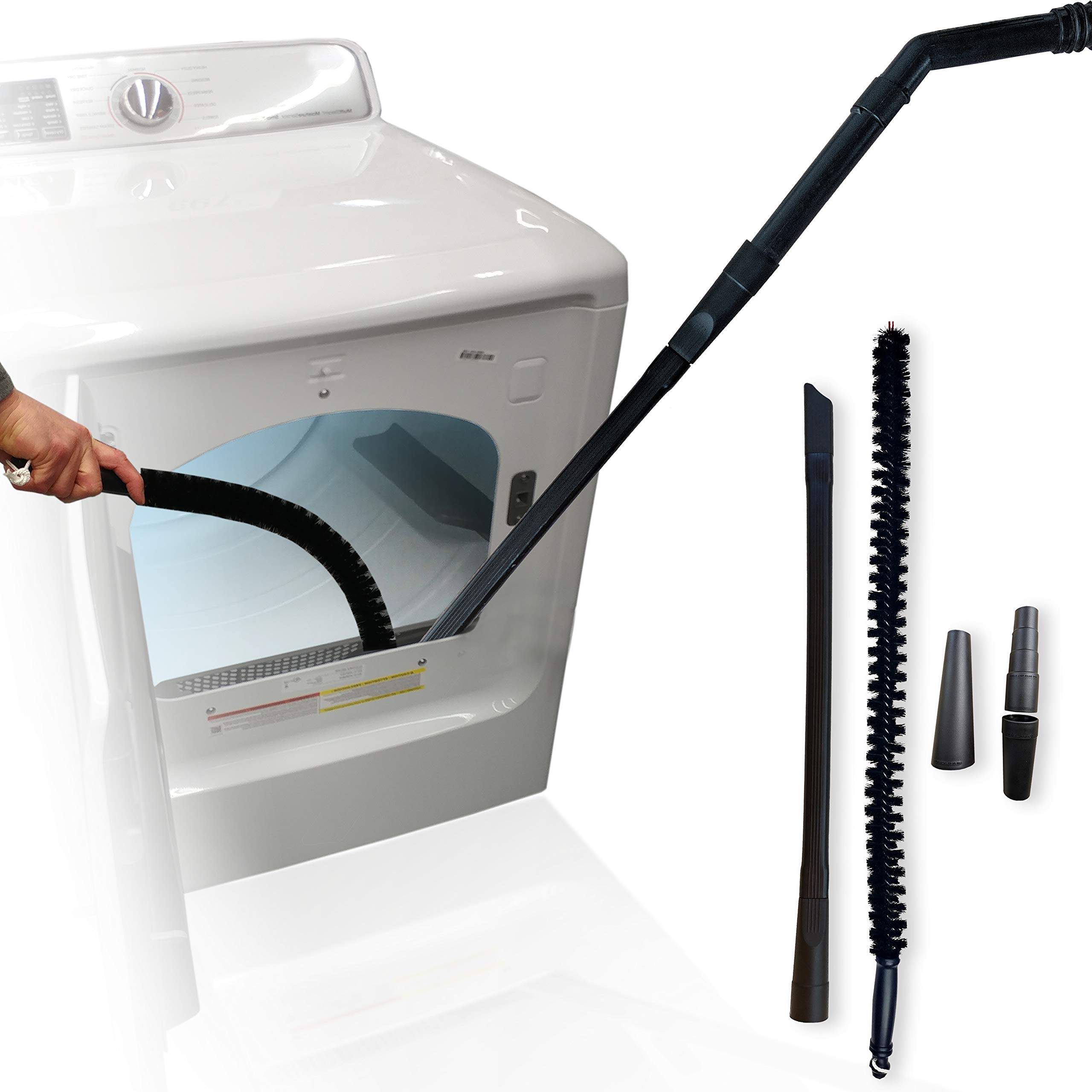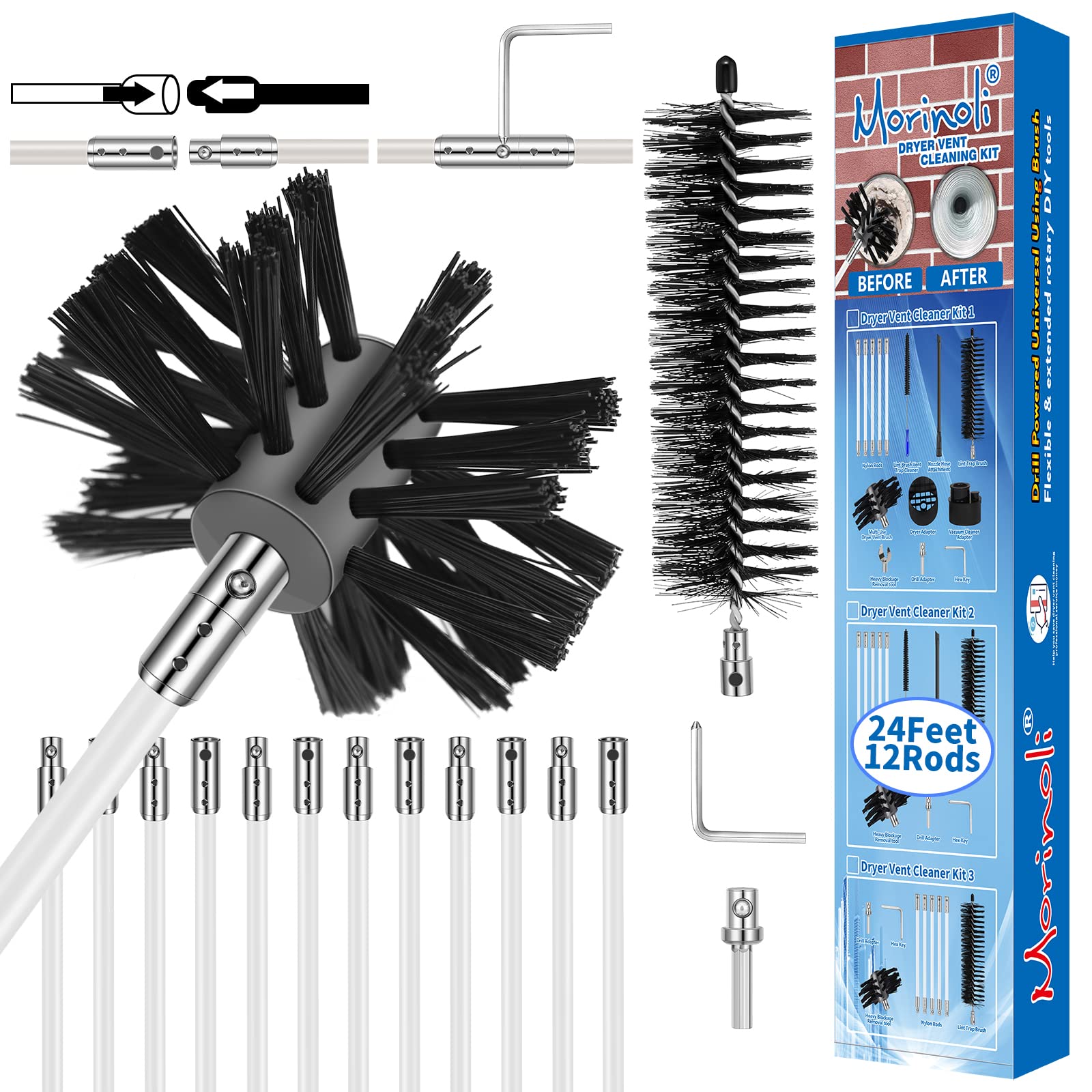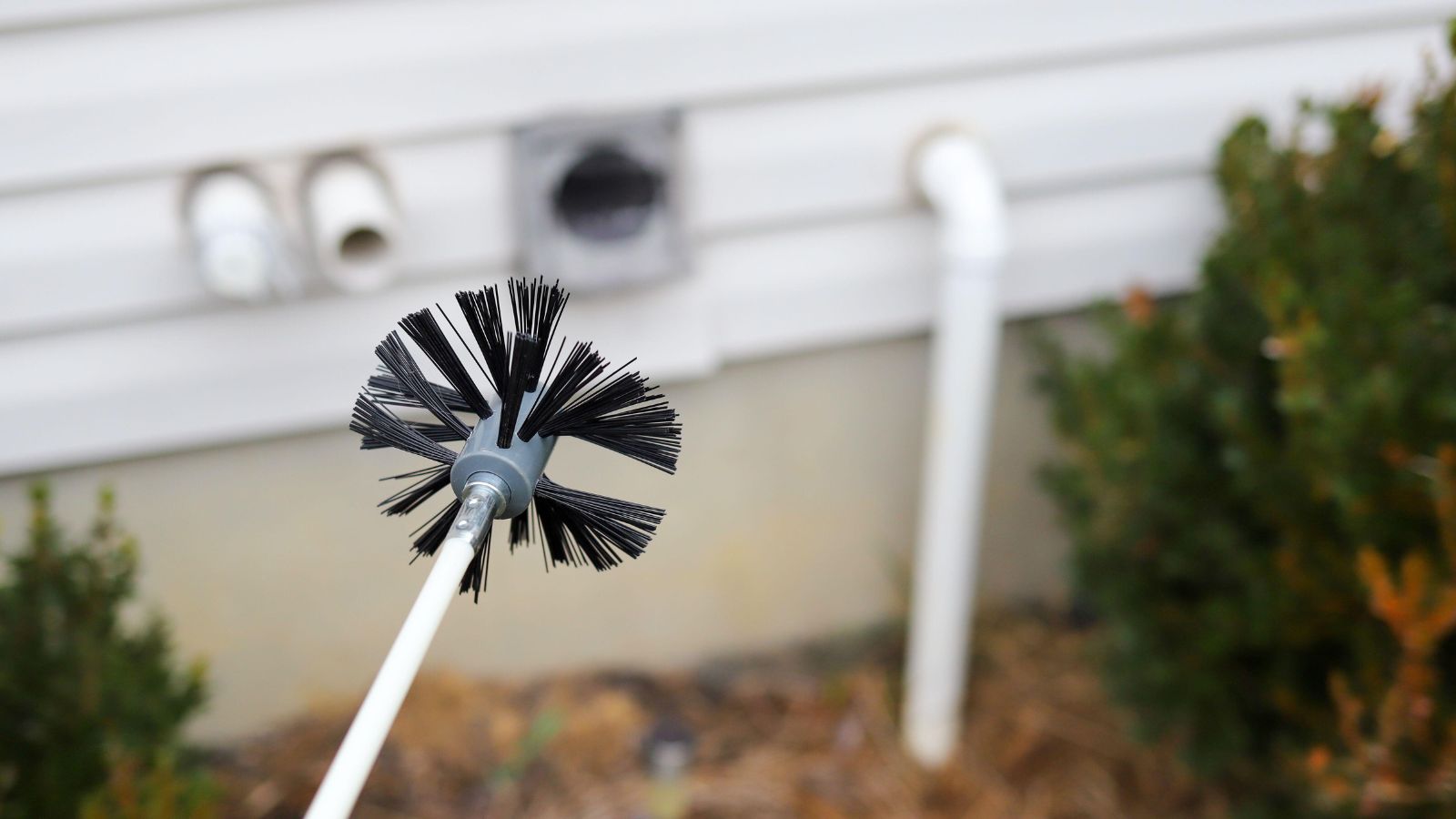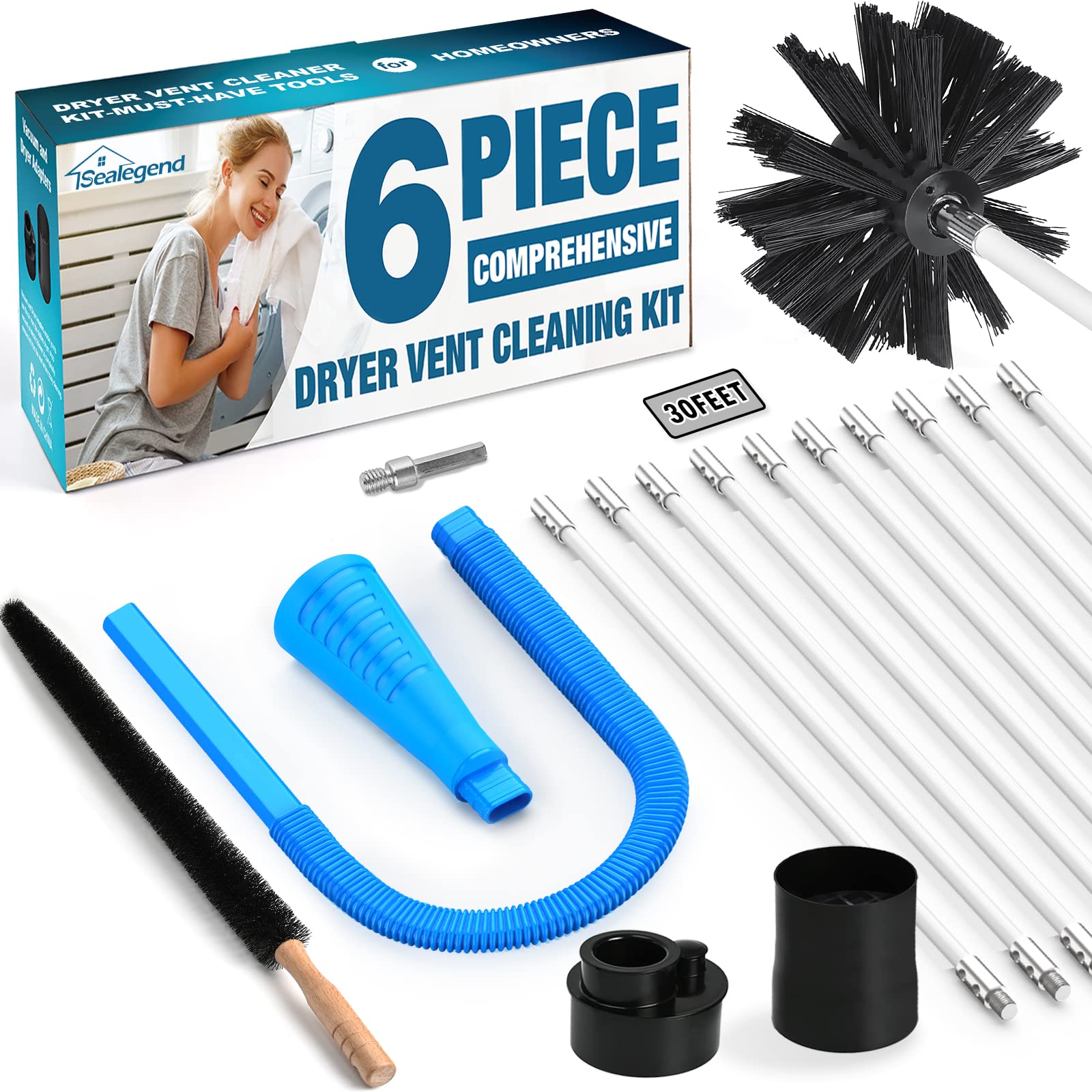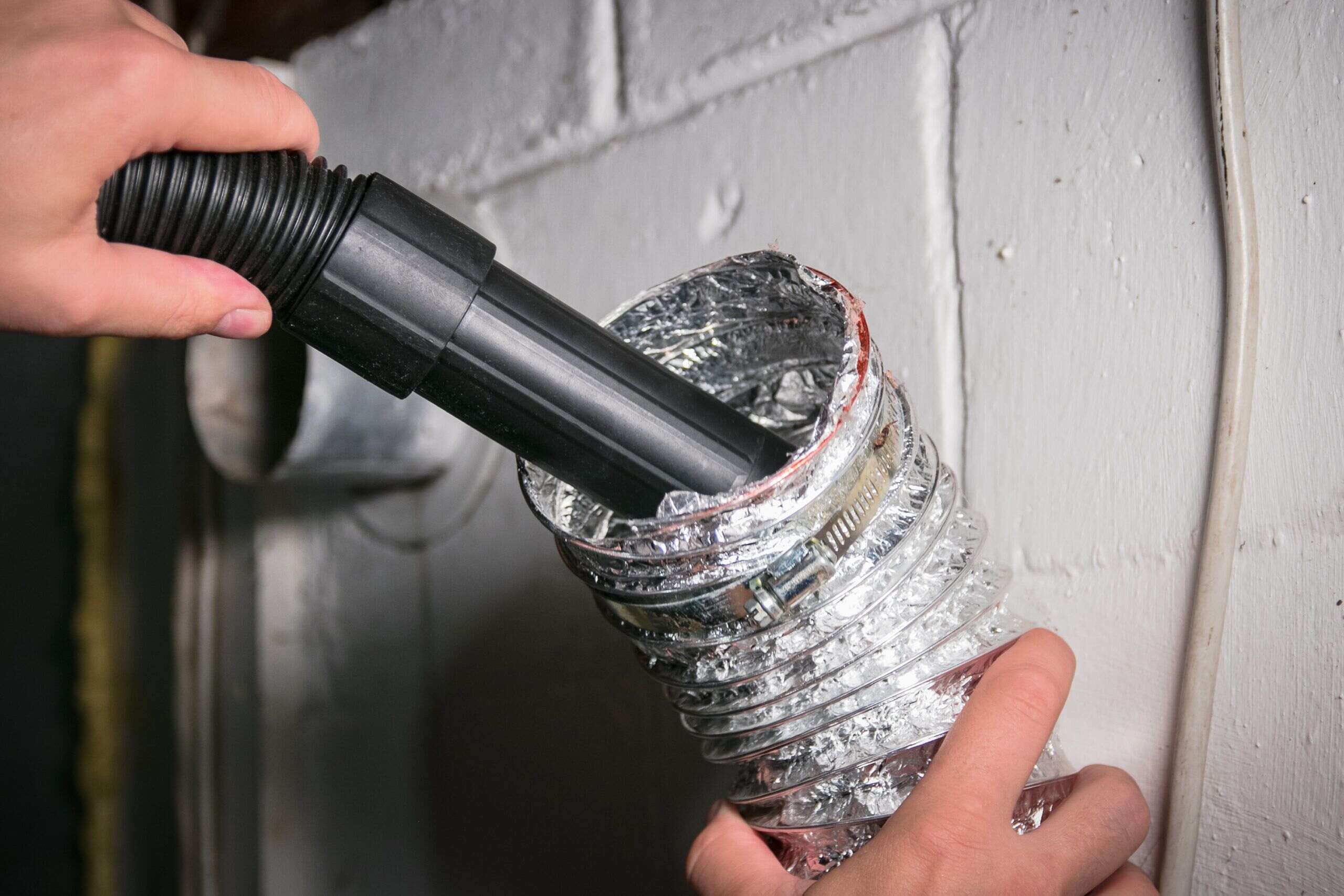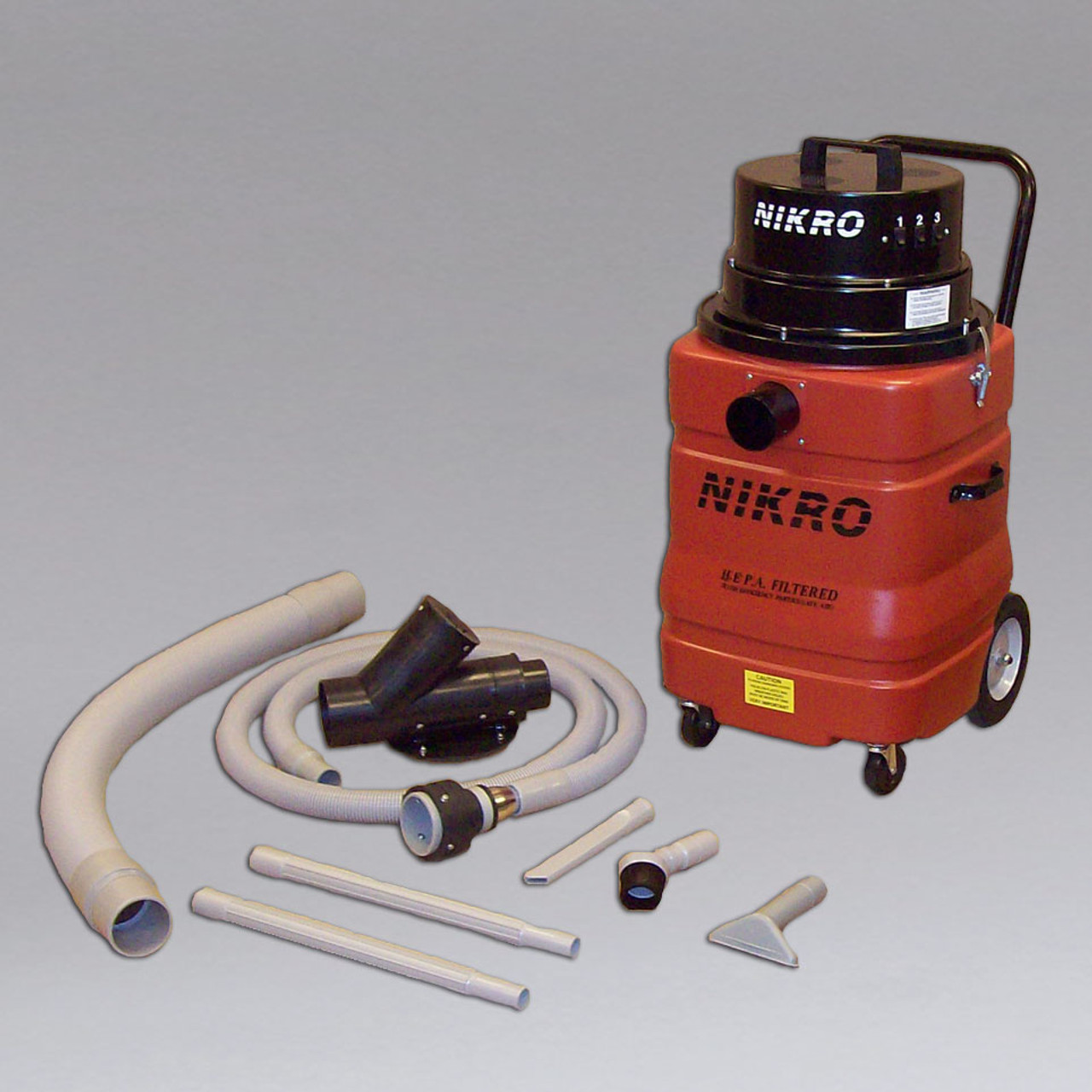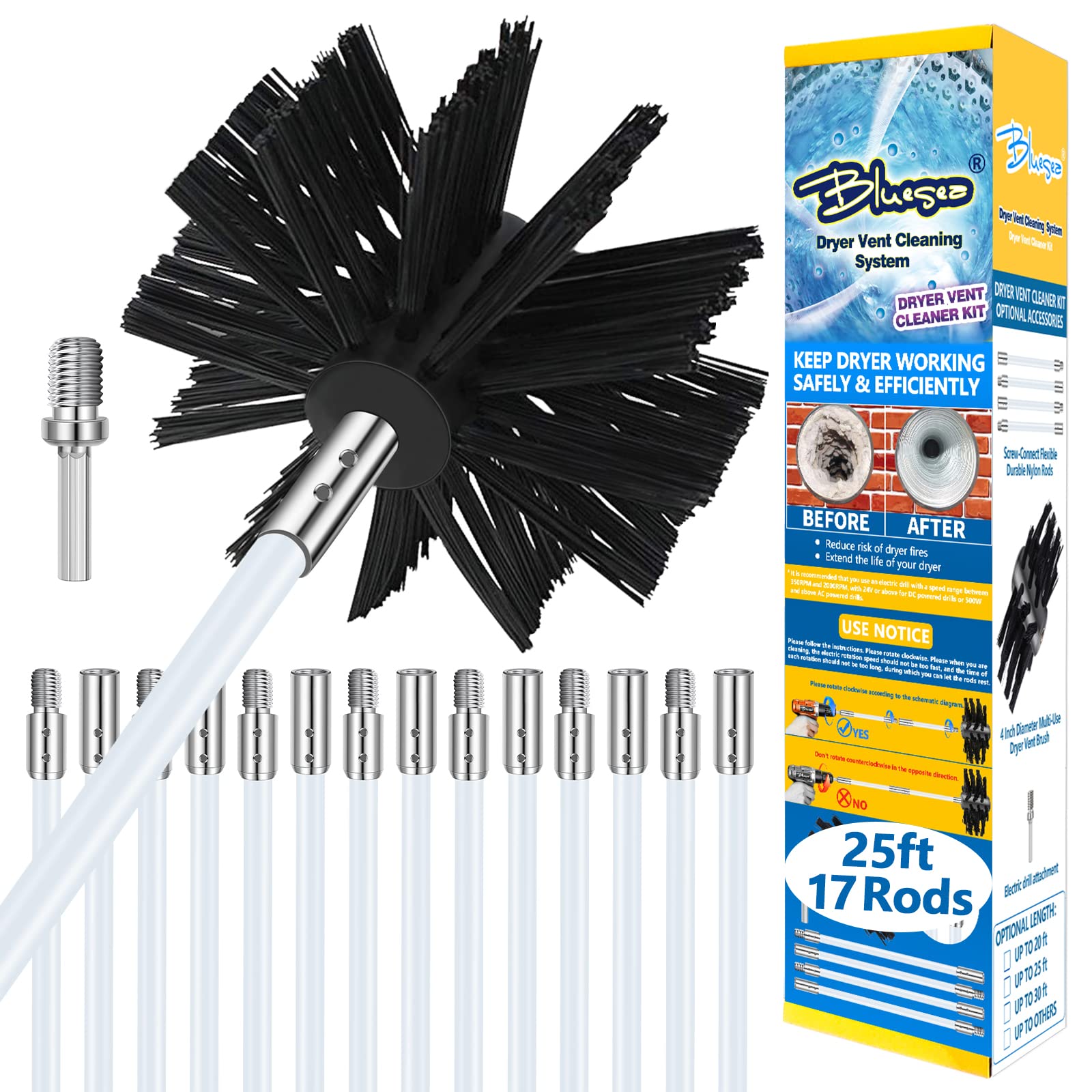Home> Dryer Vent Cleaning Tools
Dryer Vent Cleaning Tools: Ultimate Guide for Efficient Cleaning
Explore the best dryer vent cleaning tools in our comprehensive guide. Improve your cleaning routine, reduce energy costs, and maintain a safe home today.
